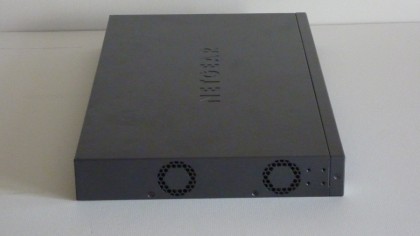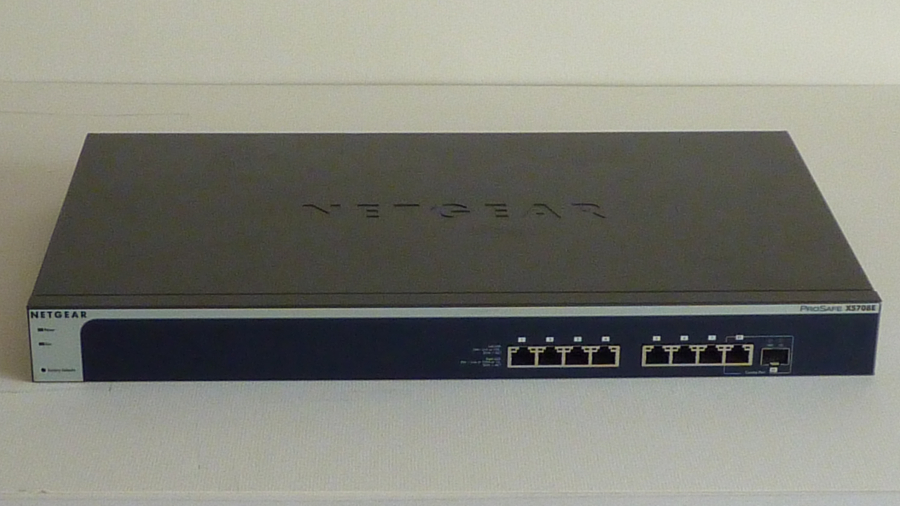Why you can trust TechRadar
After a while using the XS708E in my office, I admit to becoming a bit irritated by its size and noise output. Having been spoilt for so long with gigabit Ethernet on the cheapest of routers, and desktop switches that can squeeze behind monitors, having such a bulky device to provide a mere eight ports is a reminder of how cutting edge and demanding 10GbE is.
I made a similar observation about the C10GTR add-on card. When I removed it from my PC, the main chip was extremely hot, not something I was expecting. While not quite as bad as some older generations of graphics card, which were literally hot enough to cook eggs, it was noticeable. 10GbE still has some way to go before fully maturing.
I set up a pair of PCs with C10GTRs installed in them, each connected to the XS708E via a standard piece of CAT6 Ethernet cable. I ran the open source tool iPerf to gauge performance.

I also used this exact setup in my testing of the Thecus N8810U-G eight-bay NAS, which I got results from by copying files directly to a local SSD array and to a RAM disk. In both cases, I couldn't squeeze full performance from the XS708E. The maximum theoretical speed of 10GbE is 10Gb/s, or 1.25GB/s. Over iPerf I hit 6.6Gb/s, while file transfers with the Thecus reached 642MB/s while writing, or 5.1Gb/s – just over half of the maximum available bandwidth. It seems software, OS settings and buffer sizes have some way to catch up before 10GbE is fully utilised.
However, this is still a truly impressive speed. The ability to throw almost an entire CD-ROM worth of data over a network every second is still a milestone that would have seemed like science fiction even quite recently.
